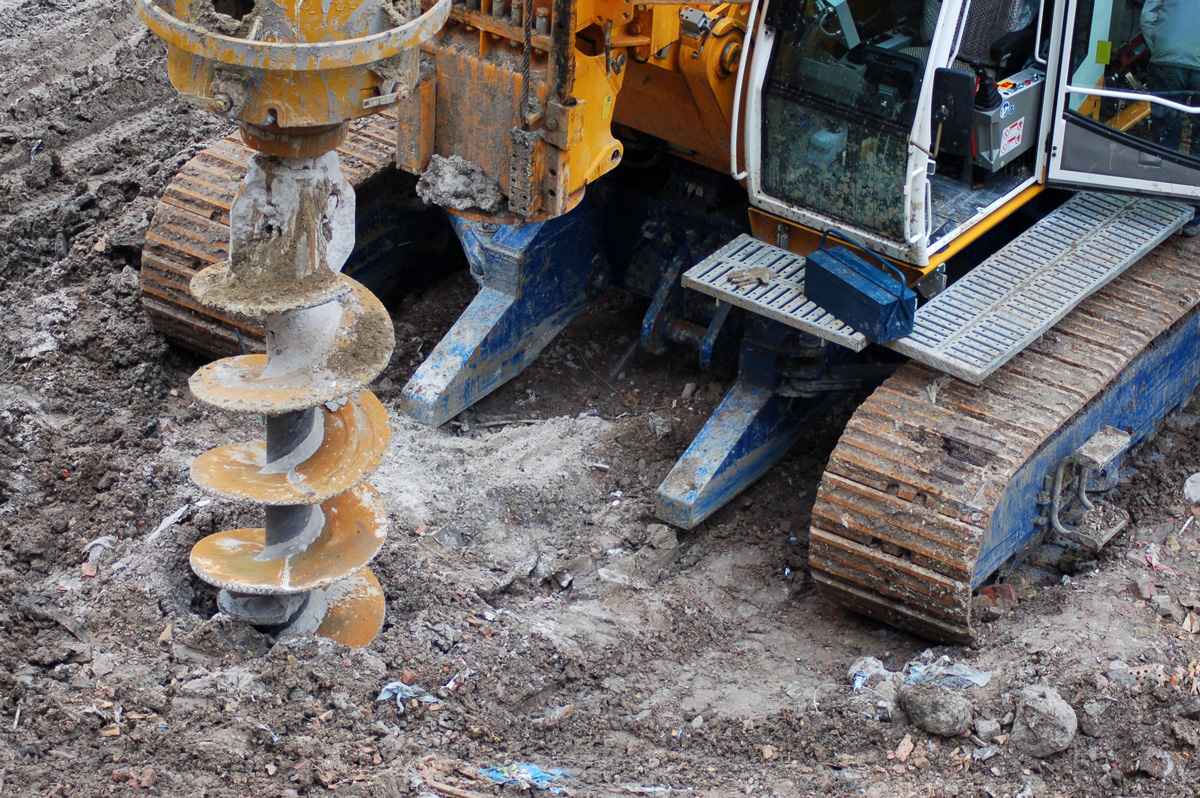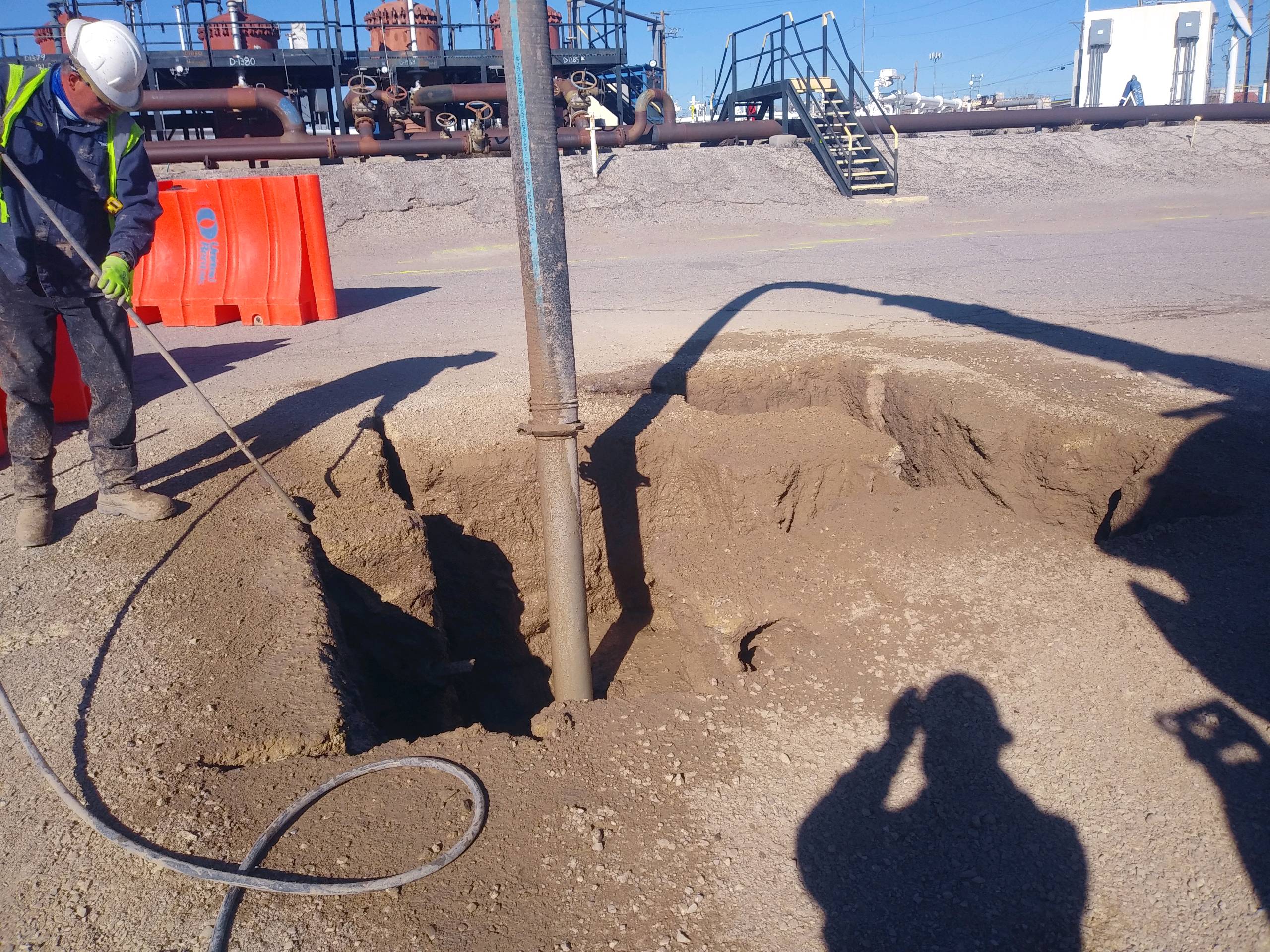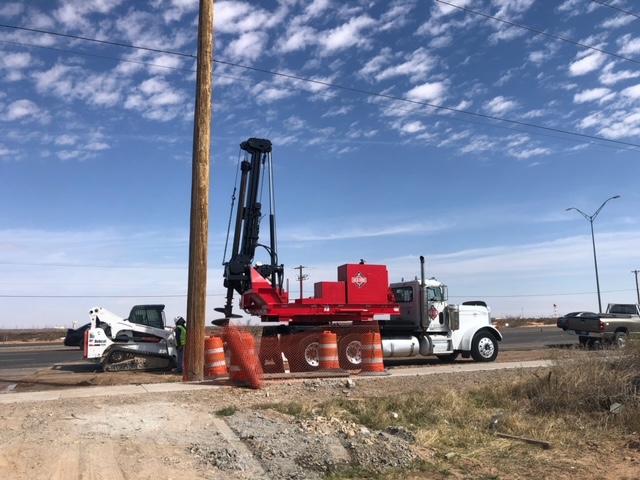The Many Benefits of Micropiling in El Paso
Micropiling is one of the latest and greatest innovations in the El Paso drilling industry. It serves many purposes and can be used as a standalone method or in conjunction with other tools. Below we will explain the process and go over the many benefits of micropiling.
Contact El Paso Drilling online or call (915) 479-7060 to learn more and find out if micropiles are right for you.
What is Micropiling?
In case you aren’t familiar with the process, micropiling is a process where holes are drilled into the ground and steel rods of various diameters are installed, providing support to foundations, retaining walls, and other barriers.
Benefits of Micropiles Versus Other Support Methods
You Can Micropile Through Any Obstruction
Using micropiles, you can quickly drill through any obstruction, no matter how tough it is. The drills that install micropiles are extremely powerful, and nothing can stand in their way.
Because it can go through anything, it’s important to hire a hole drilling team in El Paso that knows what they’re doing. The last thing you want to do is drill a micropile through a plumbing or utility pipe and get saddled with costly repairs.
Limited Vibration
Despite how powerful micropile drills are, they cause minimal vibration to the surrounding area. Minimizing vibration is essential if you are working around an existing foundation and don’t want to cause further damage. It’s also important if you live in a populated area and don’t want to be a nuisance or cause damage to your nearby properties.
Great for Areas with Limited Space
If you’re drilling in a low-access or clearance area, micro piling is an excellent option. The machinery that gets used is sizable but compact, which makes it great for reinforcing foundations in old basements.
Reduces the Need for Deep Foundations
Because of how micro piling uses the earth around your foundation for extra support, you don’t need as deep of a foundation. Through a process known as skin friction, micropiles will transfer most of the weight of your home or business to the soil around the foundation. It does this using the steel rod of the micropile as well as the cement grout that gets poured in around it.
Although micropiling is sometimes expensive, you end up saving money on excavation and concrete costs that would have been needed for a deeper foundation.
Serves Multiple Purposes
One of the best things about micropiling is that it isn’t a one-trick pony. You can use it to support foundations on new El Paso homes and businesses, but you can also use it to support foundations on existing homes. While the drilling method utilized for existing foundations is slightly different and more time-consuming, it’s much better than starting over from scratch.
You can also use micropiles to support excavation walls and retaining walls.
They Can Handle Massive Load Capacities
Micropiles are sort of like the ants of the drilling industry. While they look small on the outside and not capable of performing as advertised, they’re just the opposite. When done correctly, micropiles can support compressive capacity loads of well over 200 tons and sometimes more than 500 tons.
The reason for its versatility is that you can use rods and holes of different sizes to accommodate loads of all weight classes.
Who to Call for Micropiles in El Paso
Whether you think micropiles are suitable for your construction project or need more information about the micropiling, look no further than El Paso Drilling. We’re an industry leader in micropiles and are proud to be known as the best commercial drilling team in El Paso. In addition to micropiles, we also specialize in pier, rock, concrete, low-clearance, and hole drilling. Contact us online or call (915) 479-7060 to schedule an appointment today!




